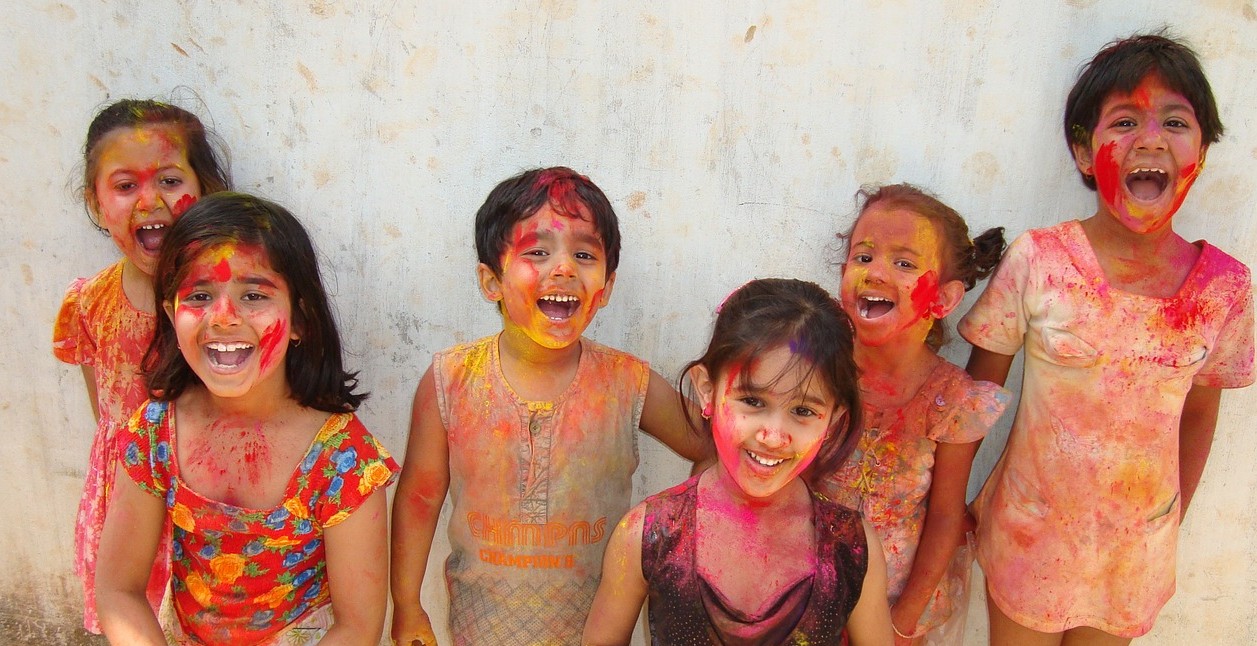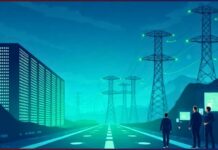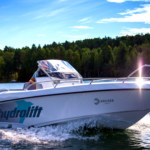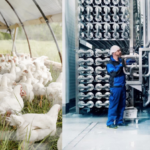Halvparten av Indias befolkning er under 25 år. Det gir landet en sjelden mulighet til å bli verdens mest dynamiske og bærekraftige økonomi. Men først må de indiske barna få mulighet til å lese etter mørkets frembrudd.
(Innovation Forum Norway reiser på studietur til India i april. Styreleder Anders Lier gir deg her et innblikk i et av landene som gjennom sterk vekst og innovasjon aktivt påvirker norske bedrifter og rammevilkår.)

The contrasts are vast between my quiet hometown Fredrikstad in Norway, with 77,000 people, and the world’s second most populous city, New Delhi. I am homesick for India. So, I am really excited to return to India from the 16-18th of April 2015 to speak at the Norway Asia Business Summit in New Delhi.
Over the past ten years, I have travelled frequently to India. I have Indian friends. I have showed India to my family. And today I have Indian brothers and sisters. My own Indian family.
Every time I have travelled, shared a meal or worked in India, I feel the endless possibility with people’s attitude in India. This human resource can be harnessed if we pursue responsibility and innovation.
There is no question that India’s people are extremely entrepreneurial. You can see it from the number of “mom and pop shops” in New Delhi, how India is pushing boundaries with its technology developments in Hyderabad and Prime Minister Modi’s commitment to find a solution for cleaning the Ganges River. Half of India’s 1.25 billion people are under 25 years old. India’s GDP grew by 7.5% year on year in Q4 2014. The economy is stable, the stock market has boomed, and IMF’s revised forecast in January 2015 spared India. There is so much hope and potential to be unleashed.
Yet, India is facing huge challenges. The smog in New Delhi is a recurring problem. The middle class is growing and their energy demand is increasing. How to access more power is one critical development factor. Power cuts of up to five hours a week are common for manufacturers. This stops stable production. This stops children from reading once the sun sets. Power, or the lack of it, is stopping whole communities from prospering.
With power comes responsibility for a sustainable energy future. As we bring more electricity to the grid, lets do it with solar and wind. I became CEO of Enoro in January. Here we are constantly innovating to find solutions for smarter homes and energy management.
Apple just recently announced that they are building data centers in Europe that will run with electricity from renewable energy sources. We need to ensure that countries do too. In Germany, for example, one million buildings produce their own green electricity.
Innovation can solve the problems we face. Technological capabilities are critical to innovate effectively and efficiently. We need to develop the electric grid to an electric net, as financial and operational pressures require grid efficiency, effective grid utilization and energy savings.
Beyond the net, I believe smart electricity is the next step as the utility market is changing. Utility companies spend too much money on network maintenance, compensation and big investments. Big data from meters need to be shared reliably and centrally managed to secure safe and efficient access to power.
Smart meters will make the consumer and the utility companies high performers. They enable you to turn volumes of data into valuable business information. Smart meters gather information from diverse data sources, analyze data streams real time, and forward results automatically to other business processes. They provide online analytics, predictive analytics and benchmarking such as voltage levels and electricity loss. With Enoro’s Event Management, utilities can maintain a more accurate voltage level, take proactive actions and detect possible thefts and losses. Event history from the low voltage network can serve as an input to the grid (or electricity net) planning, by detecting grid areas with problems with voltage level or frequent outages. Power data can help governments ensure that kids can read in the light after sunset.
Indians have seen new connections as the brightest minds gather at new universities, in technology cities and innovation hubs like in Hyderabad. Now, India has a rare opportunity to become the world’s most dynamic, big and sustainable economy. Technology and innovation are key areas for growth and in Prime Minister Modi’s recent speech, he called for increased innovation and research to make renewable energy a more affordable power source. But how? We must use our shared passion for the undiscovered. We must work together. We are stronger together.
The possibilities are endless if we take responsibility. Not for our people within our national boundaries, but for the next generation. If we leverage the power of our people, the partnerships and our shared curiosity I am confident that children in India will be able to read after sunset. And hopefully their light bulb will be run on renewable energy.









